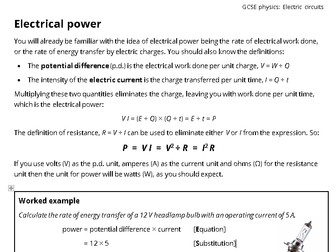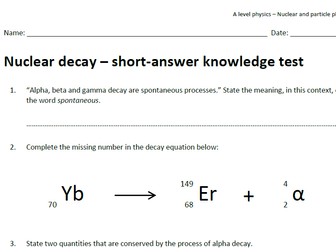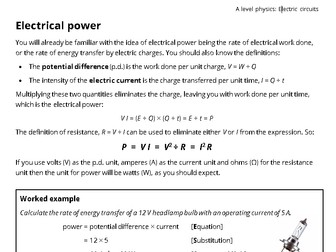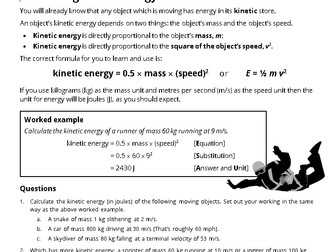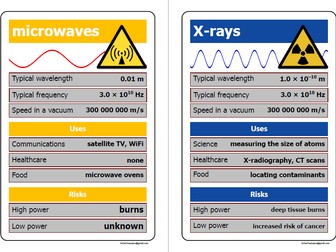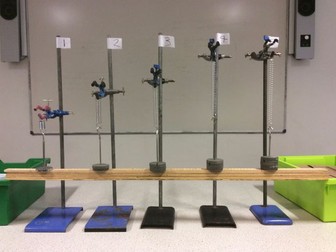GCSE physics: wave speed equation practice (wavespeed = frequency x wavelength)
This resource is a single-sided A4 worksheet containing twelve carefully sequenced and realistic wave-equation calculations, designed for use by students studying GCSE physics. <br />
<br />
The sheet is included in Word and PDF formats. The resource includes a PowerPoint presentation with worked solutions to all twelve calculations.<br />
<br />
Useful as an in-class worksheet, a homework or as a quick 'refresher' starter for a lesson following one on use of the formula v = f lambda.
